Why hasn't sports merchandise taken off in India?
Selling official sports merchandise in India has always been tough. But leagues are learning their lessons, and beginning to do things differently
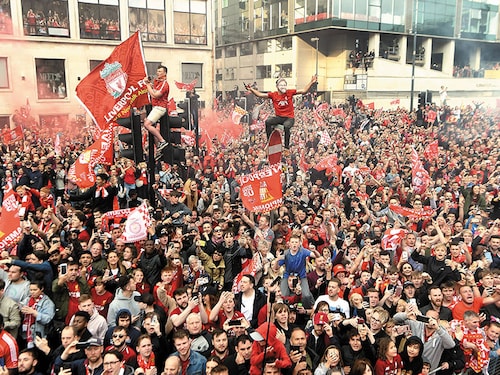

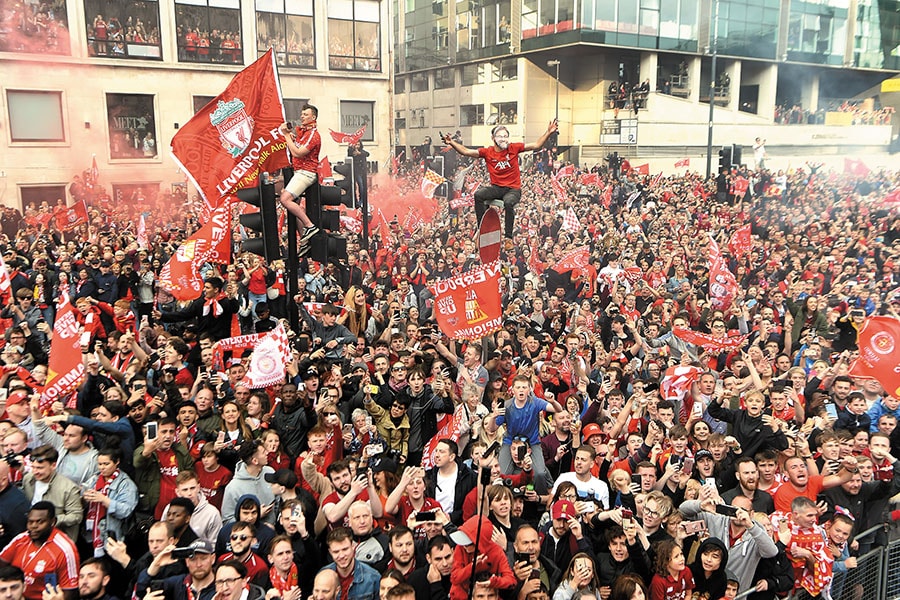 While official jerseys of clubs such as Liverpool cost from ₹4,695 to ₹5,499 in India, in the UK they cost £65-70, marginally more than in India
While official jerseys of clubs such as Liverpool cost from ₹4,695 to ₹5,499 in India, in the UK they cost £65-70, marginally more than in India
Image: John Powell/Liverpool FC Via Getty Images[br]
Arjun Kulkarni (30) has been a Liverpool FC fan since 2002, when Danny Murphy silenced Old Trafford with a late winner, ending arch rivals Manchester United’s nine-match unbeaten run. But although Kulkarni has supported the Reds through thick and thin for nearly 17 years, the Mumbai resident has purchased only five pieces of the football club’s merchandise: A plaque, a scarf, a poster, a calendar, and a keychain. Of these, only two are official club merchandise—the plaque and the scarf, which he bought on a trip to the UK a few years ago.
The other three items were bought from local shops in Pune, when he was in college. “I’m pretty sure they were fakes because of their price,” says Kulkarni, now senior manager at an analytics company. “Even today, apart from the club jersey, I don’t even know if official Liverpool merchandise is available in India. I would be willing to pay for official merchandise, but I can’t find anything.”
Kulkarni’s wait could be over soon. In August, three months after Liverpool were crowned the champions of Europe, the club struck a deal with Dream Theatre, a Mumbai-based brand management and licensing agency, to run its licensing business in India and South Asia. Dream Theatre will partner with licensees to give Liverpool fans access to a range of products such as apparel, sporting goods, gifts and novelties.
This licensing model for international sports teams is not new to India, let alone Liverpool itself. In 2016, the club had tied up with sports marketing firm Baseline Ventures in a reported four-year deal till 2020. However, the deal fell through with a year left on the contract. “Our experience with Liverpool was not too good,” says Vipin Nair, co-founder of Baseline Ventures. “The market was very limited, and we struggled to grow beyond a point. We had signed up with a couple of licensees, but they were all struggling to sell products.”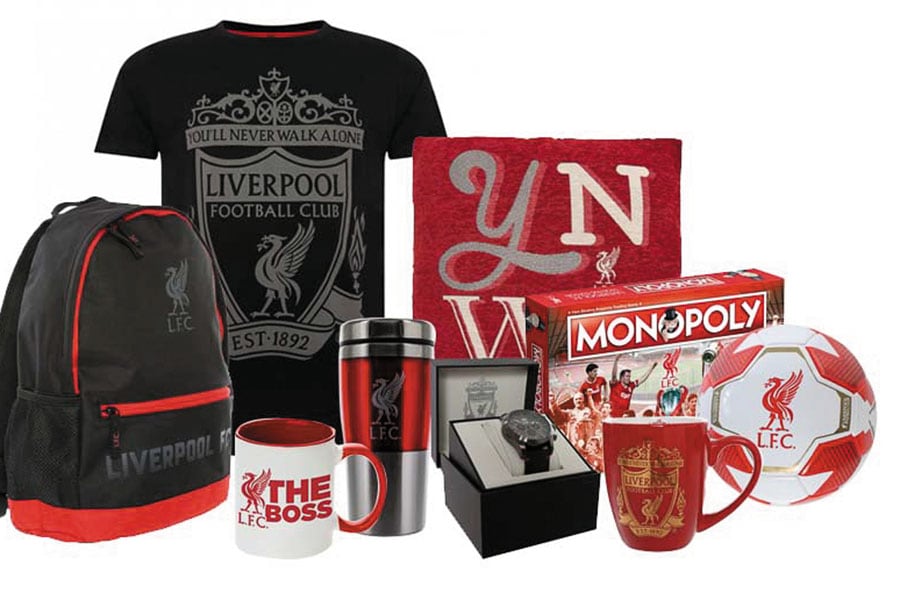 Liverpool fans in India will soon be able to access a range of products from apparel to novelties[br]Hard sell
Liverpool fans in India will soon be able to access a range of products from apparel to novelties[br]Hard sell
What Nair says applies not just to Liverpool FC but is endemic to India’s licensed sports merchandise industry, say experts. Official merchandise of teams, whether Indian or international, is hard to sell.
According to Licensing International’s annual global industry survey, in 2018 the sports category accounted for only $41 million of the nearly $1.6 billion-worth of total retail sales of licensed merchandise in India that’s less than 2.6 percent. Globally, sports accounts for nearly 10 percent, or $27.8 billion of the total sales of $280.3 billion. It’s a category that grew 4.9 percent globally in 2018 over the previous year, higher than the market average of 3.2 percent.
Indian licensors in the sports segment earned just $2.4 million in royalties last year, out of a total $86.6 million that’s less than 2.8 percent. Entertainment ($39.3 million, 45.4 percent), fashion ($24.5 million, 28.3 percent) and corporate ($18.7 million, 21.6 percent) were the top three earning categories.
Why has sports licensing and merchandising not picked up in India? Jiggy George, founder and CEO of Dream Theatre, believes it’s a function of availability of products and growth in retail. “When we were licensees for the Fifa World Cup last year we had only a three-month window [a month of the tournament, and two months prior to it], but we were still able to sell products,” he says. “This shows there is a market for sports merchandise. It’s about how you channelise fans towards that end.”
He adds that distribution is a major challenge since India’s biggest retailers have a footprint of just 350 to 400 stores. “Walmart and Target have 3,000 stores. When you have original products available in so many stores, there is a bigger opportunity for a fan living in a tier 2 or 3 town to access them.”
The price point is also a big obstacle. Official jerseys of football clubs such as Liverpool, Arsenal and Barcelona cost between ₹4,695 and ₹5,499. In the UK they cost £65-70, slightly more than in India.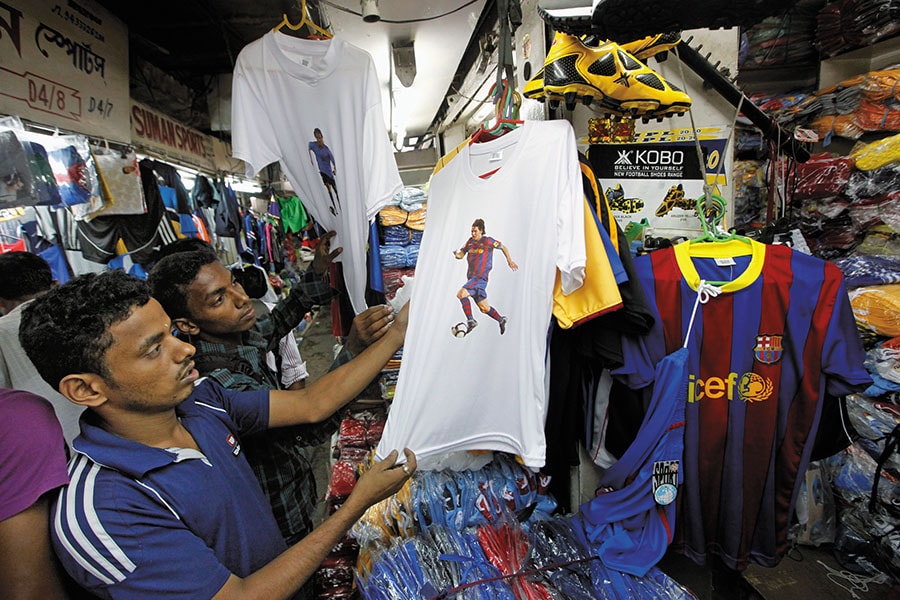 The high prices of licenced merchandise have contributed to a booming knockoffs industry in India
The high prices of licenced merchandise have contributed to a booming knockoffs industry in India
Image: Reuters[br]Knocking off
High prices have, in turn, contributed to a booming knockoffs industry in India. “Very few Indian consumers can buy merchandise priced over ₹2,000,” says Indranil Das Blah, CEO of Mumbai City FC, a member of the Indian Super League. “At Mumbai City we try and make our jerseys as affordable as possible. The lowest-priced jerseys are for ₹600, but the moment you step out of the stadium there are multiple vendors who sell knockoffs for ₹200. If you are a college kid, you can buy three such jerseys for ₹600.”
The knockoffs industry has plagued Indian retail for decades, with the country placed fifth in the list of trading fake goods, according to a 2018 report by Organisation for Economic Co-operation and Development (OECD) and the European Union’s Intellectual Property Office. The counterfeit products industry is reportedly estimated to be worth $500 billion globally. In India, it is reportedly worth over $5.6 billion (₹40,000 crore) in the organised sector alone.
Knockoffs are a major problem for sports brands and licensors since most people can’t distinguish between originals and fakes, says George. However, he isn’t so worried. As retail grows and the number of department stores increases, he believes they won’t sell anything that is not original. “We are at a very early stage of retail in India and piracy is just a function of fans not getting something at their price point, which will get addressed,” he says.
Baseline Ventures wasn’t as optimistic as Dream Theatre when it walked out of the Liverpool deal, and decided to focus on Indian—and cricket—teams instead. This March it tied up with three-time Indian Premier League (IPL) champions Chennai Super Kings (CSK) to launch their licensed merchandise ahead of the 2019 season, and says it was able to get 13 licensees on board in different categories.
International teams may have millions of fans in India but when it comes to buying merchandise, their reservation is high, says Nair of Baseline. “It also depends on how much an international team co-promotes their brand in India. Liverpool’s activities in India are very limited, but that’s different when it comes to an Indian team like CSK. There is high traction on social media, there is more aspiration among fans and, as a result, more consumption of merchandise.”
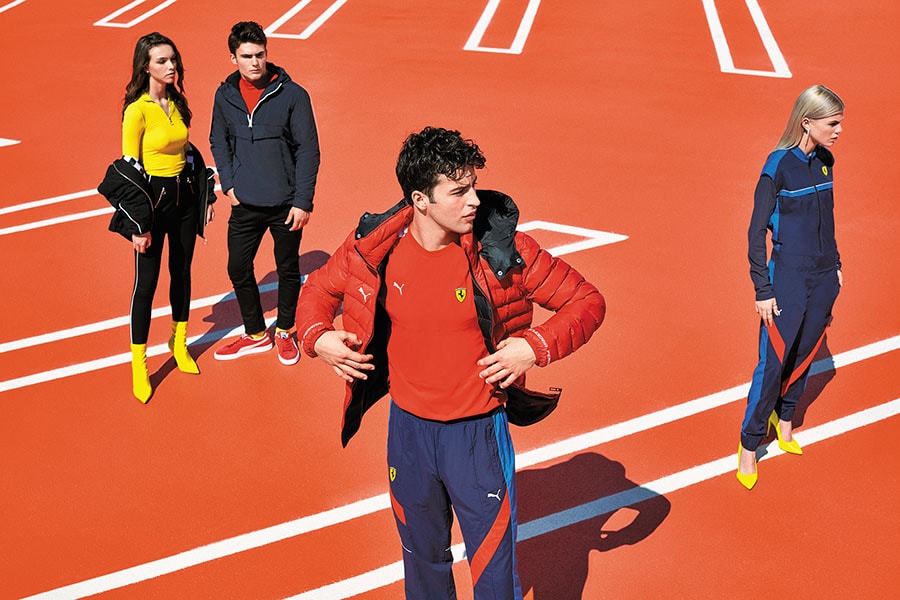 India is one of the strongest markets for Puma’s motorsport range which starts from ₹1,299 for caps to ₹9,999 for a jacket
India is one of the strongest markets for Puma’s motorsport range which starts from ₹1,299 for caps to ₹9,999 for a jacket
Fan culture
While the official jerseys of Indian sports teams cost between ₹699 and ₹3,499, franchises have started selling other merchandise such as caps, mugs, mobile phone covers, badges, and headphones, which are a lot cheaper. However, apart from teams in cricket, football and kabaddi, sports merchandising has not caught on in India.
There is hardly any official merchandise available of even the Indian cricket team, which is more popular and older than the leagues. Apparel such as jerseys, T-shirts and jackets are available online for ₹2,000 to ₹3,000. Amazon also sells unofficial India cricket jerseys for as little as ₹250.
One of the reasons sports merchandising has not caught on, experts say, is because Indian sports leagues are still young and haven’t created as much of a fan following as their Western counterparts. The IPL, the oldest of the leagues, has completed just 12 seasons, while American leagues like the National Basketball Association and Major League Baseball are between 70 to over 100 years old.
European and American sports leagues also last for eight to nine months in a year, keeping them more visible, and for longer. Fans go to stadiums to watch matches every week, wearing their club colours. In India, leagues last from three weeks to four months.
Merchandise consumption is usually one of the later steps in the journey of an evolved consumer, says Siddharth Chury, associate vice president, Global Partnerships, NBA India. “One really has to be a hardcore fan of any league to spend money on merchandise and flaunt it. While a lot of Indian sports leagues and teams have become quite popular in terms of viewership, they are still working on building their image as a premium, aspirational brand. This takes years of on-field success and creative marketing to achieve,” he adds.
Building a fan culture in India is a slow process, but there are signs it’s taking shape and sports teams must persist with merchandising for it to become a cult in the future, says Abhishek Ganguly, managing director, Puma India. “The limited-edition Bengaluru FC official third kit replica 2019-20 was sold out on the club’s website in less than four hours, though it was priced at ₹2,500. Now, that’s a testament to what lies ahead in terms of sports merchandising in India.”
Looking ahead
Both Chury and Ganguly also believe international sports brands can thrive in India if they are smart about their merchandising business. In the early days of the NBA in India, the only merchandise available was team jerseys, which were imported and, thus, expensive. The NBA eventually started offering a wider and more affordable range of products by tying up with Indian partners. Fans can now choose to buy authentic team jerseys for ₹4,995 to ₹8,995, or NBA fanwear that starts from ₹899.
“Today, our local partnerships contribute over half of our merchandising revenue in India,” says Chury. “NBA merchandise across all 30 teams is sold in over 750 stores across India. Our official ecommerce portal, NBAStore, is powered by Myntra, and sells close to 2 lakh units a year, with orders from over 730 cities and towns across India.”
Puma’s motorsport range, where most of the merchandise is licensed with brands such as Scuderia Ferrari, Red Bull Racing, Porsche Design and BMW, is also doing well, says Ganguly. This range is not cheap, with prices starting from ₹1,299 for caps and going up to ₹9,999 for a jacket. However, India is one of the strongest markets for Puma globally as far as this category is concerned, claims Ganguly. “The growing popularity of streetwear or athleisure in India, coupled with the aspirational value of the range itself, has worked very well for us in this licensed category,” he adds.
Sports lifestyle is a category Dream Theatre also wants to tap into vis-à-vis Liverpool. While apparel would be the key driver, the company is only looking at two or three more categories to begin with. “We don’t want to license into multiple categories very fast,” says George. “We are not in a hurry to monetise but rather get the foundation right. Liverpool would be happier if we find ways to get to their fans, as against selling a lot of merchandise to all and sundry.”
Liverpool fan Kulkarni, who comes from a marketing background, has a word of advice for his club and its licensing partner to grow their business in India: Work hard on creating innovative ideas. “Do you think there is a market for Jurgen Klopp-branded glasses? There might be. Lots of people have a scruffy beard. The glasses go with it. If you are smart about the merchandise you sell, that could even reduce piracy. You can claim to own something original attached to the club.”
First Published: Oct 26, 2019, 08:55
Subscribe Now